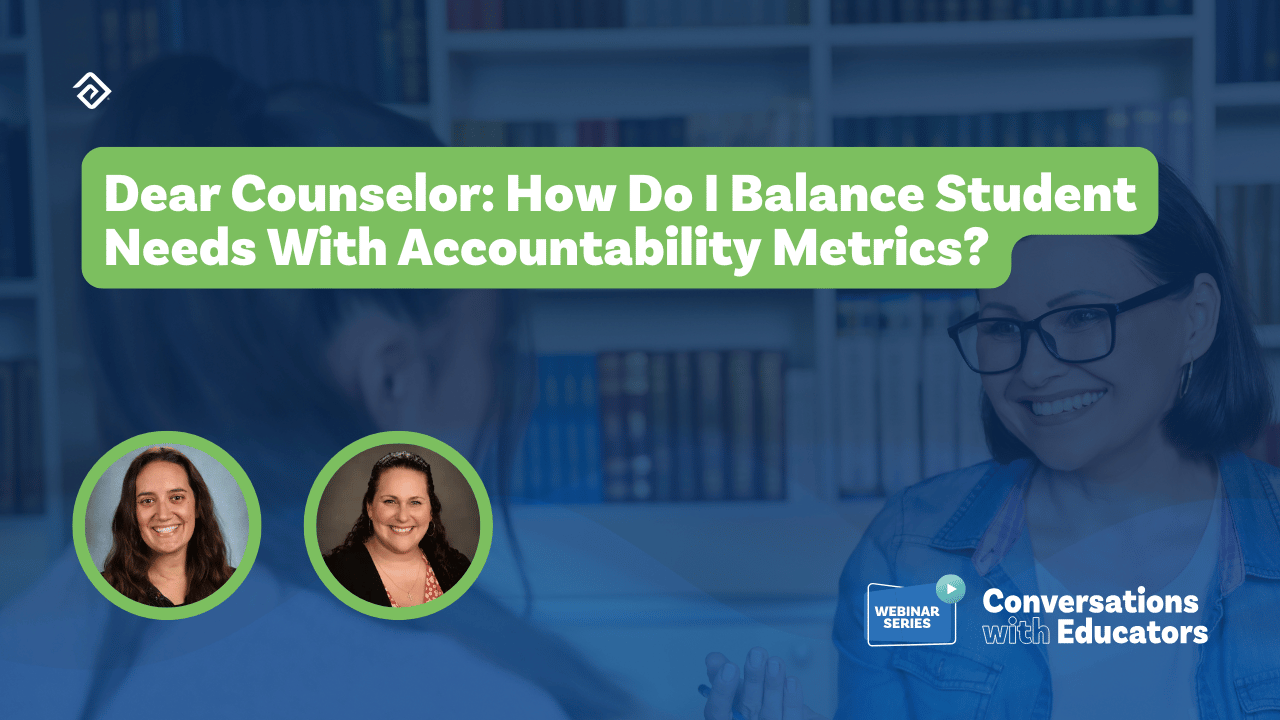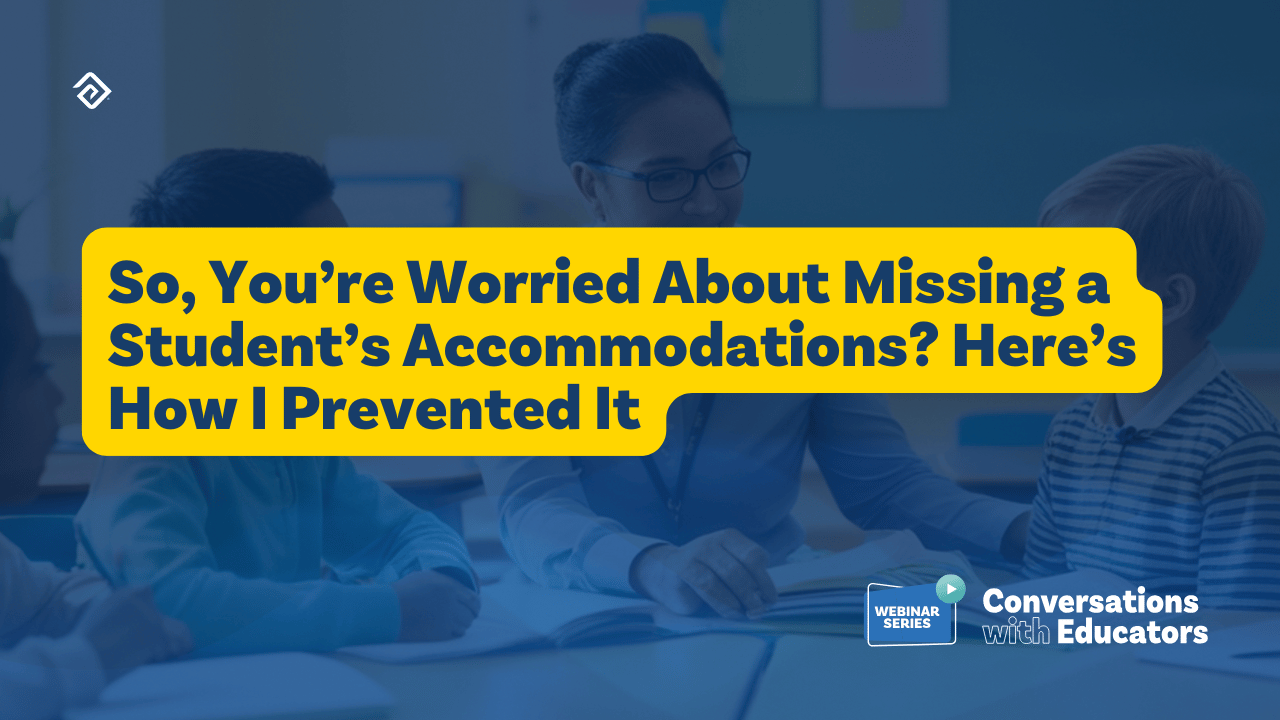Curriculum Planning: 5 Tips Every Teacher Should Know
Curriculum planning involves creating a practical plan of action and a list of learning objectives for any subject. The curriculum should act as a helpful map, outlining where you need to go and how to get there. The landscape of modern education is transforming rapidly. Therefore, to keep up with the contemporary teaching trends, teachers must broaden their horizons and learn how to plan a comprehensive curriculum for their students.
Top Tips to Make Your Curriculum Planning Effortless
When discussing curriculum planning, many teachers agree that it is a time-consuming process that requires immense precision and effort.
Below are some of the top curriculum planning tips that you can follow to make your teaching more effective.
- Define your objectives and expectations.
Before creating your curriculum plan, ask yourself the following questions.
- What are you aiming to achieve with this curriculum plan?
- Are you looking to increase your students’ standardized test scores? Or, do you want your students to develop a genuine interest in your subject?
- Do you plan to incorporate engaging and varied exercises?
- Do you need a consistent activity for your learners to work on every day?
Defining your objectives will allow you to determine the purpose of your curriculum and what you should focus on.
- Pick one content area to concentrate on each year.
Remember that we are emphasizing the word concentrate here. If you are planning your curriculum from the beginning, you must have something substantial for every lesson. Of course, you cannot have enough time or energy to devote to creating a curriculum for every subject simultaneously. Therefore, it is prudent to pick one topic at a time and dedicate your time to that subject alone.
- Research the curriculum planning content online or in your library.
Look in your school's library or research online to determine what type of data and resources are available for the content you want to include in your curriculum plan. You can find readily available textbooks, fact sheets, fiction and nonfiction books, exercises, illustrations, charts, short videos, flashcards, PowerPoints, and lesson plans.
In addition, you can further discuss your curriculum planning strategy with other teachers in your school and look at their lesson plans. Equipped with this new knowledge, you can either incorporate their examples into your own plan or employ them as a resource that you can edit and adjust to fit your curriculum's needs.
- Create a list of 3-5 learning resources for each concept.
If you are researching content online for your curriculum planning, save and bookmark all of your favorite learning resources. Then, in your curriculum plan, add a list of three to five of your chosen learning resources to each concept.
Utilizing these resources in your curriculum plan can help save your time and energy. Moreover, this can further benefit you when you are making your lesson plan, as you will already know where to look for information and assignments online.
- Begin with some reusable exercises
Each new activity that you teach to your students requires time. Beyond the extra time you spend planning, your students need time to understand how to perform the exercise and behave throughout it. Reusing activities that your students are already acquainted with can help you save time during the lesson and eliminate the additional time required to find and prepare new exercises.
Of course, as teachers and students settle into the school year, teachers can always add new exercises or modify some of the old ones. However, teachers must never begin their lessons with entirely different teaching methods or activities, as doing so might confuse the students.

Understanding Automation in Curriculum Planning
With the introduction of numerous curriculum planning tools, such as Embarc, educational institutions are now better equipped to handle the challenging and time-consuming process of curriculum planning.
These curriculum planning tools help teachers prepare, save, and share their curriculum plan with school administrators and parents effortlessly. Some of the top benefits of using automated curriculum planning tools are as follows:
- Improved security measures
With the help of automated curriculum planning tools, teachers and school administrators do not need to worry about confidential data falling into the wrong hands, as these online tools come with numerous security measures. Also, of all the security measures available, user authentication is the most significant safety measure that helps teachers keep their curriculums entirely secure.
- Better customization options
Curriculum planning online tools make it possible for teachers to customize the curriculum planning process in order to meet the requirements of every student and classroom.
Also, by documenting what they need to teach in their classroom, their teaching approaches, and grading patterns, teachers can better streamline and improve student learning. This, in turn, can help students accomplish better grades. Moreover, with the help of automated curriculum planning tools, teachers can better cater to a diverse group of students.
- Enhanced instruction delivery
Teachers can set different, well-defined learning targets to ensure the student's overall growth. The Reports and Analytics feature of online curriculum planning tools available on the cloud-based software helps the most with this goal.
Also, with this feature, school administrators and teachers can fulfill their set learning standards and carry out best practices when it comes to classroom teaching. In addition, online curriculum planning tools likewise display these learning targets to students and parents on an online portal for a more transparent teaching experience.
- Fosters collaboration
Communication between teachers is crucial to successfully carrying out any curriculum planning. Online curriculum management tools come in handy because they facilitate and improve teacher collaboration.
Teachers are empowered to gather and communicate their best teaching approaches and learning resources in order to better support curriculum planning and instruction. In addition, teachers can likewise base their curriculums on those created and shared by expert teachers within the online platform.
- Improved internal communication
Curriculum planning provides the gateway for improved internal collaboration among all levels of an educational institution's staff. In addition, this curriculum planning process makes way for cooperation between teachers as they remain encouraged to work together while creating a curriculum plan and monitoring the student’s progress.
What is the Fundamental Difference Between Curriculum Planning and Lesson planning?
Although they are based upon the same principles, curriculum plans and lesson plans are significantly different. A lesson plan simply refers to an outline of what the teachers want to teach and how they will teach it. In addition, the learning resources that the teacher uses to plan the lesson or concept are also notable.
On the other hand, a curriculum plan differs from a lesson plan as the former delves deeper into learning about the topic. In addition, while curriculum planning also happens for an extended time, usually for one school year, lesson planning can be completed in shorter time periods such as a week or even a day.
The Bottom Line
Teachers can use curriculum planning to make their teaching more effective and meaningful. Because of curriculum planning's capability to facilitate reflection from a teacher, it allows for improved comprehension of what learning objectives the students could benefit from and which education outcomes took the longest to master.
In this way, curriculum planning can better contribute to the mechanisms that help students and teachers alike. Moreover, this teacher-student partnership guarantees that learners will strive for educational success and benefit from the cooperative learning environment, which always ensures that students work harder to achieve their goals.


More Great Content
We know you'll love




